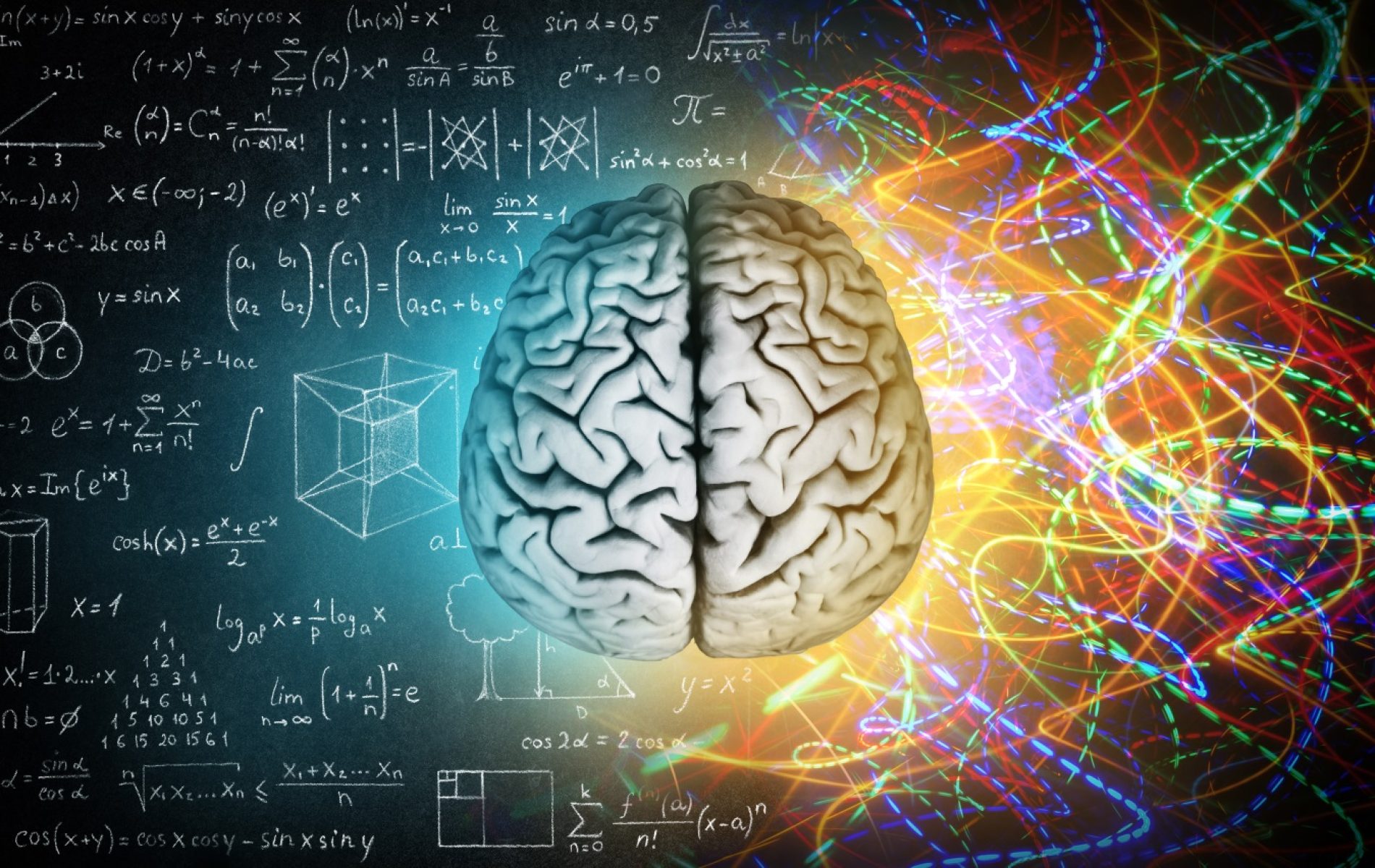Worry and anxiety are perfectly normal and natural aspects of being human. We all go through times when we are more worried than others.
Our brains are constantly working, imagining scenarios and futures that will affect us. We make mental plans in accordance with our perceptions and ideas but sometimes we become preoccupied with planning, greatly concerned about how the future might look. We experience difficulty sleeping, tension, distraction and preoccupation around such details. This is worry.
Some people experience worry in a form that seems to never go away, which is often considered to be anxiety. Worry and anxiety are both characterized by a state of tension that pertains to potentially negative future events, with anxiety being a more chronic condition that can be quite debilitating. Whether you worry on occasion or find yourself completely overwhelmed with worried/fearful/anxious thoughts, there are solutions you can employ to help.

Worry and the Brain
At their roots, worry and anxiety are part of our natural human response for a good purpose. They help to keep us from making poor financial decisions, from running out in front of cars in traffic, from reacting negatively in a situation (such as screaming at a boss) that could adversely alter our future and more. Worry is part of our lives in the same way that sadness, stress and happiness are. But worry and anxiety can become difficult to cope with if they rear their heads regularly, becoming potentially unhealthy.
To better understand solutions to help with worry and anxiety, let’s first examine what is going on in the brain when we experience worry or anxiety and how it impacts us.
There are three regions of the brain that are primarily associated with worry and anxiety, according to numerous sources of research: the amygdala, the hippocampus and the anterior cingulate cortex. The amygdala, which is an almond-shaped chunk of the brain, is located beneath the cortex and is referred to as the “fear center” of the brain and is also associated with basic human emotion. This region shows hyperactivity when patients experience anxiety. The hippocampus is also considered to be responsible for the modulation of fear and shows a decreased volume of activity when patients experience anxiety.
One study, looks deeper in to the effect worry and anxiety have on the brain. The researchers examined brain activity in rats while they performed problem-solving and decision-making tasks. The neuronal circuits in the prefrontal cortex were found to recruit less spontaneously. The prefrontal cortex is important for complex decision making and mental processing. This shows that anxiety actually reduces the capacity for making decisions and problem solving, proving that anxiety and worry can adversely affect our lives overall.
Strategies To Reduce your Anxiety
Clench then Relax Your Facial Muscles
It may sound funny, but clenching then relaxing your facial muscles can help to get you through temporary moments of worry. There is a feedback loop in the communication system between the brain and the rest of the body. If the brain can’t cause your body to calm down, you can use your body to cause your brain to.
The grey matter becomes stressed and the muscles tighten. Those tightened muscles send a signal back to the brain, confirming the stress.
You can break the loop by clenching your facial muscles then relaxing them, telling the brain that the body is no longer stressed.
Write Your Worries Down
By allowing your emotions to be placed on paper, it can help to decrease worry. It might seem counterintuitive but sometimes it is just like your fears are being emptied out of your mind as they make their way to the paper. It also helps you to reassess the situation, which may help you to not worry as much.
Keep Busy
Engaging in activities that keep your mind distracted and your hands busy might be helpful in keeping flashbacks from past traumatic experiences from coming up – because much of our worry comes from threats we have experienced in the past.
Exercise
Working out gets your heart pumping and is a great way to reduce stress. It can impact serotonin (the “happy” brain chemical) activity within the brain in addition to reducing the negative effects of oxidative stress. Exercise has been proven to reduce anxiety levels similarly to medication.

Mindful Meditation
Mindfulness, which is the practice of observing the activity of our minds, and mindful meditation can play an important role in how our brains and how to train our brains to self-regulate when worry and anxiety come about. This is a promising solution for worry.
Meditation can change the structure of your brain, by thickening the important areas of the cortex that are associated with emotion control and attention. Meditation is also capable of changing the neural circuitry to make you have more positive feelings, further helping to further reduce your anxiety and worry.

One 2012 study found that people who underwent mindful meditation and attention training experienced a reduction in activity in the amygdala. The participants, who were new to attention training, practiced the method for about four hours every week for eight weeks. Each participant was instructed to view a series of pictures in an MRI scanner, while measuring the brain’s responses. Some photos were upsetting while others were not. After 8 weeks of this training, a reduced activity level in the amygdala was found when the upsetting pictures were viewed.
To learn more about meditation training to reduce your anxiety, reach out to us at NeuroGrow.Com.
—–
This blog was written by Mrs. Courtney Cosby and edited by Dr. Majid Fotuhi.



